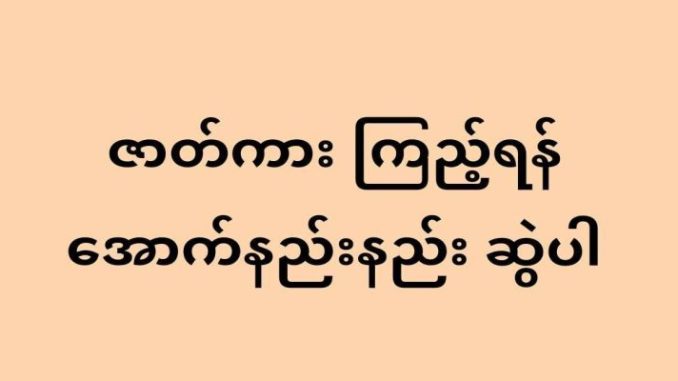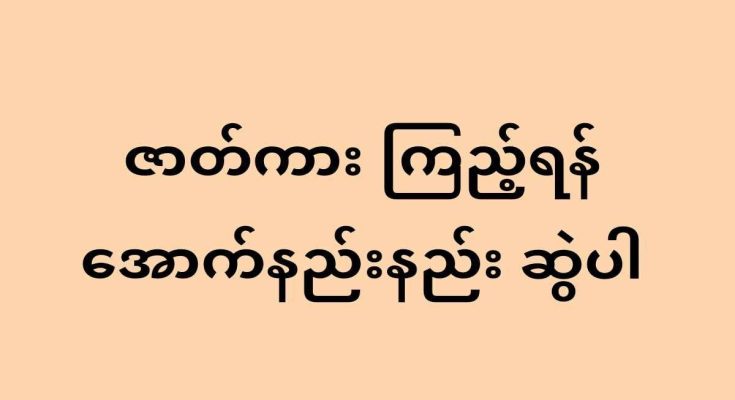
Whether you’re planning a short vacation, studying abroad, or pursuing a career in Japan, understanding the Japanese visa process is essential for U.S. citizens. Japan offers a variety of visa types depending on your purpose of visit, length of stay, and activities while in the country.
 1. Visa-Free Entry for U.S. Citizens (Short-Term Stay)
1. Visa-Free Entry for U.S. Citizens (Short-Term Stay)
U.S. passport holders can enter Japan without a visa for tourism or business purposes for up to 90 days. This visa exemption is for short-term visitors and does not allow you to work or engage in paid activities.
Requirements for Visa-Free Entry
-
Valid U.S. passport (must be valid for the duration of stay)
-
Return or onward ticket
-
Proof of accommodation and sufficient funds
-
No criminal record or history of deportation
2. Types of Japanese Visas for U.S. Citizens
If you’re planning to stay longer than 90 days or engage in specific activities, you will need to apply for a visa before traveling to Japan.
Work Visa
There are several types of work visas, including:
-
Engineer / Specialist in Humanities / International Services
-
Instructor (e.g., teaching at schools)
-
Skilled Labor (e.g., chefs, construction workers)
-
Intra-Company Transferee
Requirements:
-
Certificate of Eligibility (COE) from a Japanese sponsor
-
Employment contract
-
Relevant experience or qualifications
Student Visa
For those enrolling in Japanese universities, language schools, or other academic institutions.
 Requirements:
Requirements:
-
COE issued by a Japanese educational institution
-
Proof of financial support
-
Acceptance letter
Spouse or Family Visa
Available to those married to a Japanese national or those joining a family member with legal residence in Japan.
Requirements:
-
Marriage or birth certificate
-
Proof of relationship
-
COE
Working Holiday Visa
U.S. citizens are currently not eligible for the working holiday program. It is available only to citizens of certain countries.
3. How to Apply for a Japanese Visa from the U.S.
Step-by-Step Process:
-
Get a Certificate of Eligibility (COE): Your sponsor in Japan (employer, school, etc.) will apply for this.
-
Prepare Documents: Completed visa application form, valid passport, passport-size photos, COE, and other supporting documents.
-
Submit Application: Apply in person or by mail to the nearest Japanese consulate or embassy.
-
Wait for Approval: Processing usually takes 5–10 business days.
-
Receive Visa: Once approved, the visa will be stamped in your passport.
4. Long-Term Stay and Residency
If you’re planning to live in Japan for extended periods (e.g., for work or family), you may apply for a long-term visa and eventually seek a residence card (Zairyu Card) upon arrival in Japan. This card is required for most public services and legal identification.
5. Important Notes for U.S. Citizens
-
Overstaying your visa or exemption period can result in fines, deportation, or bans from re-entry.
-
You cannot convert a tourist visa to a work visa while in Japan; you must leave and reapply from the U.S.
-
Japanese immigration laws are strict—make sure all paperwork is correct and complete.
Conclusion
Japan offers a welcoming and well-structured visa system for U.S. travelers, workers, students, and families. Whether you’re exploring Tokyo, teaching in Osaka, or studying in Kyoto, understanding visa rules ensures a smooth and enjoyable stay. Always check with your nearest Japanese embassy or consulate for the most up-to-date information and requirements before you apply.

Leave a Reply